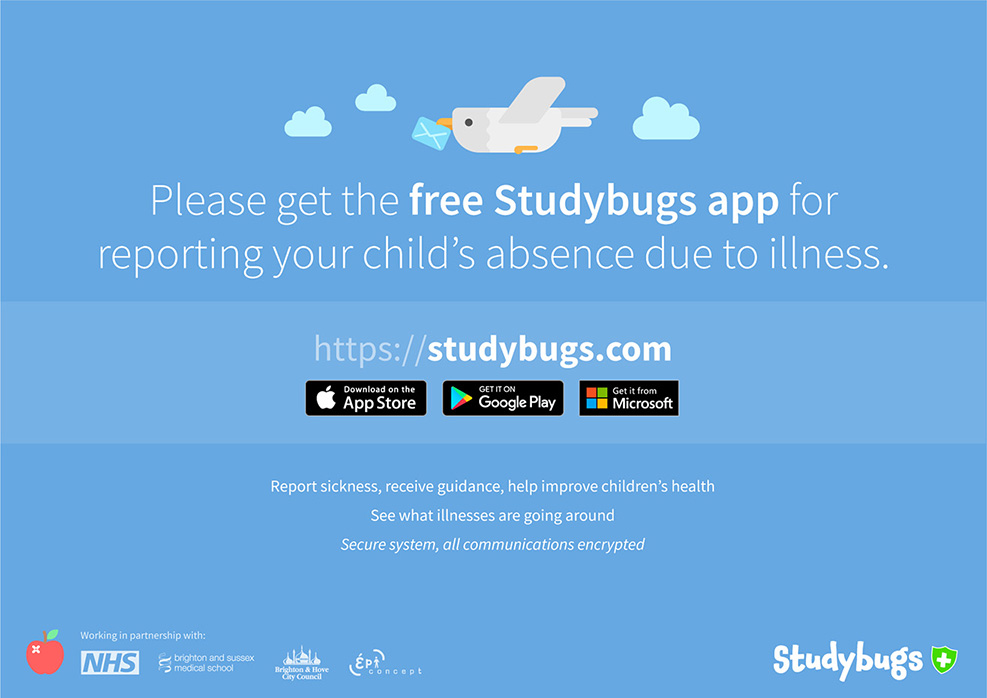Abuse may fall clearly into one category, but in many cases, the abused person may be suffering from several forms of abuse at the same time. For example, constantly threatening and then expelling a young person out of the family home will incorporate psychological abuse and neglect, whilst threatening to spread information about a young person’s sexual orientation on social networking sites until money is handed over is discriminatory abuse and financial abuse.
The ten categories of abuse are:
- Physical abuse
Which may involve: hitting, shaking, throwing, poisoning, burning or scalding, drowning, suffocating or otherwise causing physical harm, someone fabricating the symptoms of, or deliberately inducing, illness. - Psychological abuse
Which includes emotional abuse may involve: conveying to a young person that they are worthless or unloved, inadequate, or valued only because they meet the needs of another person, not giving the young person opportunities to express their views, deliberately silencing them or making fun of what they say or how they communicate, imposing expectations that are inappropriate to the age or development of the young person (especially where there are additional areas of vulnerability; for example, a learning disability) or preventing them from taking part in normal social interaction, seeing or hearing the ill-treatment of someone else, serious bullying, including cyberbullying, which causes the young person to frequently feel frightened, intimidated or in danger, exploitation or corruption.
Psychological abuse also includes radicalising a child or young person who may be subsequently drawn into terrorist-related activity. - Sexual abuse
Which may involve: physical contact, including assault by penetration (e.g rape or oral sex) or non-penetrative acts (eg masturbation, kissing, rubbing and touching outside of clothing), non-contact activities, such as involving young people in looking at or producing sexual images, watching sexual activities, or encouraging young people to behave in sexually inappropriate ways, or grooming a young person in preparation for sexual exploitation – including via the internet. - Neglect and acts of omission
May involve a parent or carer failing to: provide adequate food, clothing and shelter, including excluding the young person from home or abandoning them, protect a young person from physical and emotional harm or danger, ensure access to appropriate health, education or social care services, being unresponsive to a young person’s basic needs, deliberately withholding information about a person’s rights or entitlements. - Financial or material abuse
Which may involve: theft or exploitation in financial matters or transactions, the misuse or misappropriation of possessions or benefits. - Discriminatory abuse
Which may involve: racist, sexist and religious abuse, abuse that is based on a person’s disability, size, age, gender or marital status (including harassment, slurs or similar treatment). - Organisational abuse
For example, in care homes, young offenders’ institutions, pupil referral units, services for those with learning difficulties, substance treatment centres may involve letting an organisation’s procedures or routines get in the way of a person’s individual needs; for example, having restrictive bedtimes, not providing adequate activities for mental stimulation or spiritual fulfilment. - Domestic abuse
Including psychological, physical, sexual, financial, emotional abuse; so called ‘honour’ based violence. - Modern slavery
Encompasses slavery, human trafficking, forced labour and domestic servitude. Traffickers and slave masters use whatever means they have at their disposal to coerce, deceive and force individuals into a life of abuse, servitude and inhumane treatment. - Self-neglect
This covers a wide range of behaviours, including neglecting to care for one’s personal hygiene, health or surroundings and includes behaviour such as hoarding.
The impact of abuse
When young people experience abuse it can have very serious and long-lasting effects. It can create a lack of self-confidence and self-esteem that is carried over into all areas of their lives and it can have a negative impact that will affect the young person’s study and work, their relationships and later, the way they parent their own children.
It is also known that abuse, in whatever form it takes, is a major contributing factor in both self-harm and suicide.
When young people are vulnerable, their situation is often made worse because they are frequently overlooked by child protection procedures that focus on younger children and adult procedures that focus on much older adults. In other words, they fall through the safeguarding net, so it is very important that everyone who works with young people is alert to the possibility of abuse in all its forms and is prepared to seek help on their behalf.
